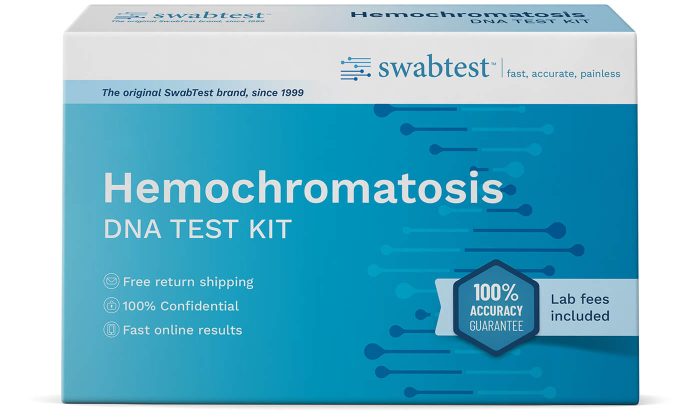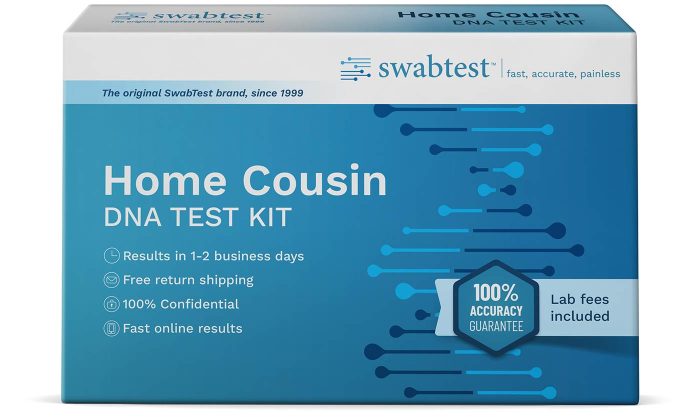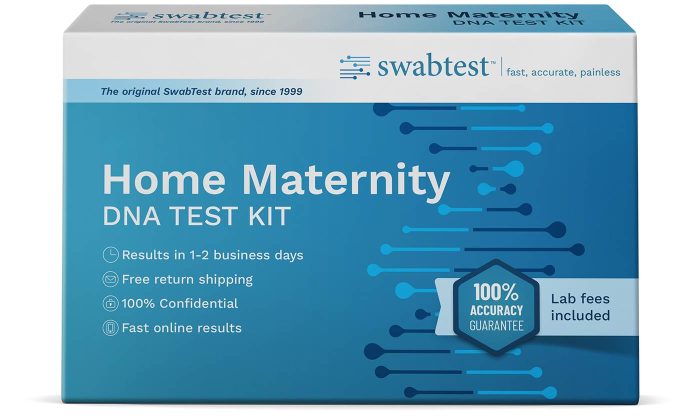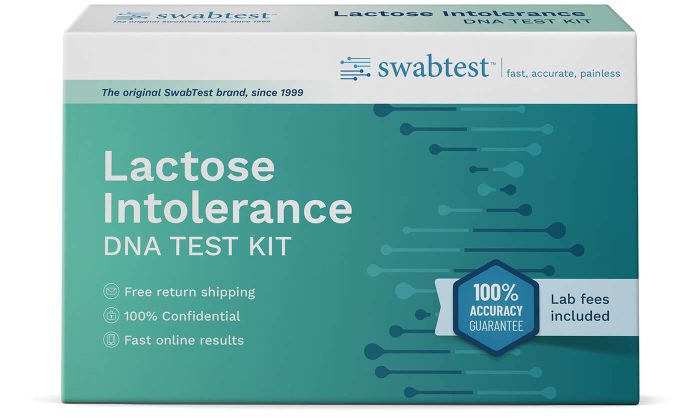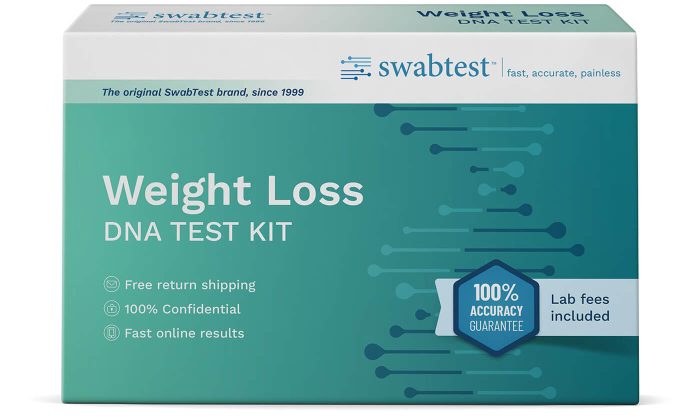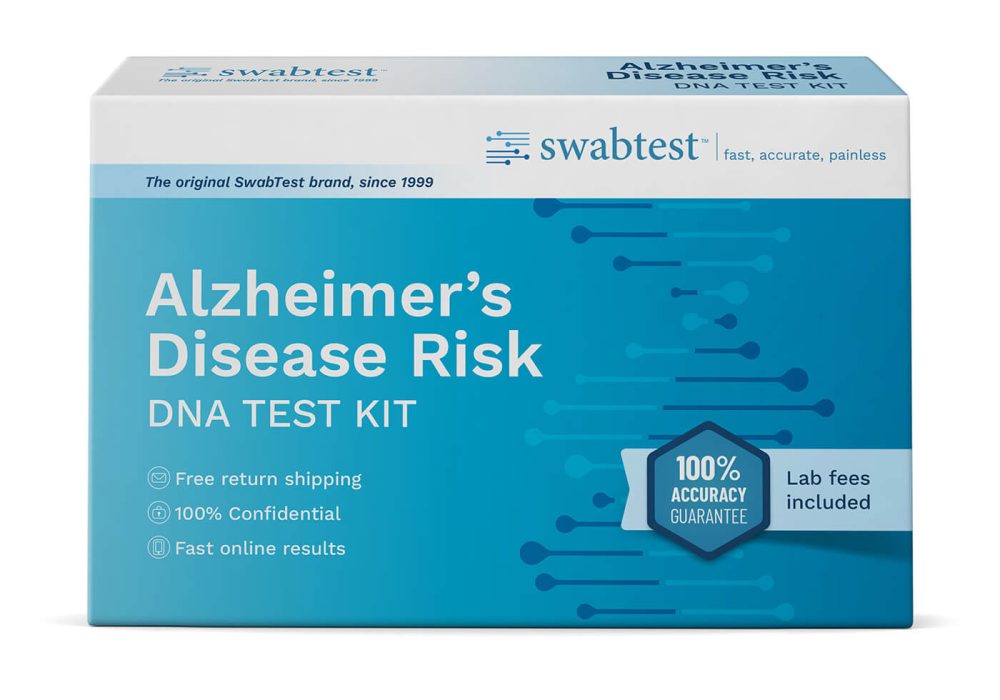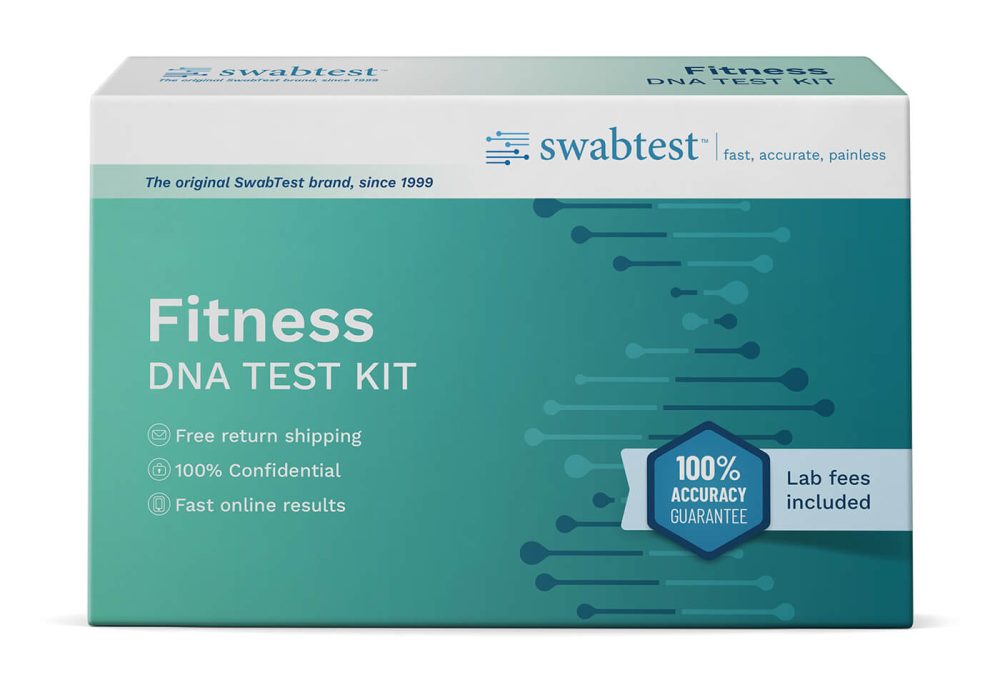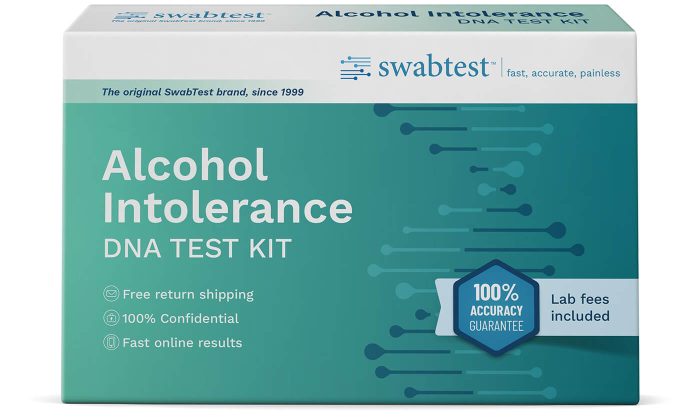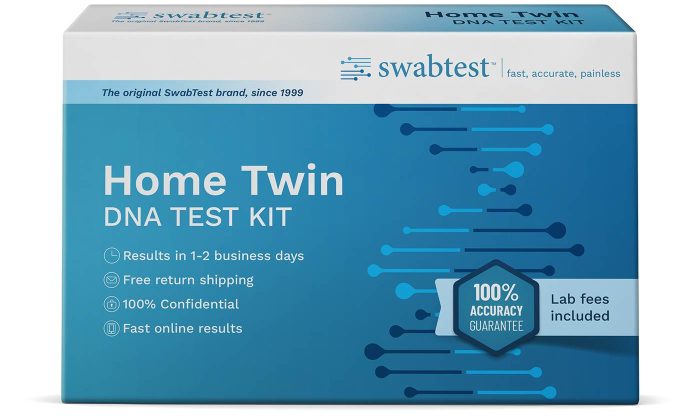DNA Maternal Ancestry Test
Trace your maternal lineage with mitochondrial DNA. With a simple DNA sample, you can trace your maternal linage back thousands of years. With this DNA test you will be able to
- Trace your direct maternal lineage
- Access our extensive databases to match your DNA to populations around the world, find long-lost relatives, discover ancient origins & compare against famous people
- This test can be taken by both women and men
- Simple, At-Home Testing
- 2X testing guarantee
- AABB, ISO17025 & CLIA accredited lab
$119.00
Out of stock
Description
Mitochondrial DNA (mtDNA) is passed down from a mother to her children. As mitochondrial DNA does not recombine with the DNA from the father, the mtDNA of a person is almost identical to that of their mother, grandmother, great grandmother and so on. This makes mtDNA a powerful tool for tracing maternal ancestry.
There are three regions of the mtDNA used to trace maternal ancestry: the hypervariable regions (HVR), HVR1 and HVR2 and the coding region. Testing the HVR1 and HVR2 regions will allow you to make use of all of the search and analysis features of the database. Testing all three regions of the mtDNA is required to confirm your mtDNA haplogroup and subclade.
Both men and women have mitochondrial DNA, which means the Maternal Ancestry Test can be taken by both men and women. However, only women pass on their mitochondrial DNA to their children. As such, mitochondrial DNA can only be used to trace maternal lineages.

Description
Mitochondrial DNA (mtDNA) is passed down from a mother to her children. As mitochondrial DNA does not recombine with the DNA from the father, the mtDNA of a person is almost identical to that of their mother, grandmother, great grandmother and so on. This makes mtDNA a powerful tool for tracing maternal ancestry.
There are three regions of the mtDNA used to trace maternal ancestry: the hypervariable regions (HVR), HVR1 and HVR2 and the coding region. Testing the HVR1 and HVR2 regions will allow you to make use of all of the search and analysis features of the database. Testing all three regions of the mtDNA is required to confirm your mtDNA haplogroup and subclade.
Both men and women have mitochondrial DNA, which means the Maternal Ancestry Test can be taken by both men and women. However, only women pass on their mitochondrial DNA to their children. As such, mitochondrial DNA can only be used to trace maternal lineages.

Test options
We offer the following testing option for sequencing your mitochondrial DNA:
- Standard Test: HVR1 sequence. This is often all that is required to achieve an adequate resolution.
- Advanced Test: HVR1 + HVR2 sequence
- Premium Test: The full mtDNA genome sequence (HVR1 + HVR2 + Coding Region). This provides the highest resolution.
Upgrade options are available!
If you are unsure, you can start by taking the Standard test. If the resolution is not sufficient, you can choose to upgrade to either the Advanced Test or the Premium Test.
Mitochondrial DNA sequencing
The mitochondrial genome has three regions, two small hypervariable (HVR) regions and a large coding region. It is possible to just sequence each of the HVR regions, both HVR regions or the complete genome, which includes the HVR regions and the coding region.
The hypervariable regions have most of the variation found in mtDNA. So, if two people are perfectly matched after sequencing just the HVR1 and HVR2 regions, adding in the coding region will allow a more detailed comparison between the two individuals. A perfect match between the entire mitochondrial genome will suggest the two individuals descended from the same maternal line.
What’s included with the test?
You will receive the entire DNA sequence used for the analysis with your report. The report with have a comparison between your mtDNA sequence tot eh reference Cambridge Reference Sequence called the “rCRS.” All of the position withing your mtDNA, which differs from the rCRS will be listed in your report.
Since mtDNA is passed down from mother to child along the direct maternal lineage, people who have descended from the same maternal lineage are expected to have exactly the same or very similar mtDNA profiles. If two people have different mtDNA profiles, it conclusively confirms that they did not descend from the same maternal lineage.
Related Products
Related products
-
Health & Wellness
DNA Hemochromatosis Test
$195.00 Add to cartFind out if you are at risk of hereditary hemochromatosis.
-
Diet & Fitness
DNA Celiac Disease Test
$249.00 Read moreDiscover your genetic risk for gluten intolerance and celiac disease.
-
Shop All
DNA Cousin Test
Determine the likelihood that two individuals are related as first cousins.
$271.00Original price was: $271.00.$149.00Current price is: $149.00. Select options This product has multiple variants. The options may be chosen on the product page -
Shop All
DNA Maternity Test
Confirm whether an alleged mother is the true biological mother of a child.
$271.00Original price was: $271.00.$149.00Current price is: $149.00. Select options This product has multiple variants. The options may be chosen on the product page
Related products
-
Shop All
DNA Maternity Test
Confirm whether an alleged mother is the true biological mother of a child.
$271.00Original price was: $271.00.$149.00Current price is: $149.00. Select options This product has multiple variants. The options may be chosen on the product page -
Sexual Health
Common STD Test
Screens for chlamydia, gonorrhea and trichomoniasis infections
$99.00Original price was: $99.00.$79.00Current price is: $79.00. Add to cart -
Diet & Fitness
DNA Lactose Intolerance Test
$149.00 Add to cartFind out if your genes affect how your body digests dairy.
-
Diet & Fitness
DNA Weight Loss Test
$249.00 Add to cartLearn how your genes impact metabolism and weight management.
Related Products
Related products
-
Diet & Fitness
DNA Weight Loss Test
$249.00Learn how your genes impact metabolism and weight management.
-
Diet & Fitness
DNA Alcohol Intolerance Test
$149.00Find out if your genes affect how your body processes alcohol.
-
Shop All
DNA Maternity Test
Confirm whether an alleged mother is the true biological mother of a child.
$271.00Original price was: $271.00.$149.00Current price is: $149.00. This product has multiple variants. The options may be chosen on the product page -
Shop All
DNA Twin Test
Find out conclusively whether a pair of twins are identical or fraternal.
$271.00Original price was: $271.00.$149.00Current price is: $149.00. This product has multiple variants. The options may be chosen on the product page




